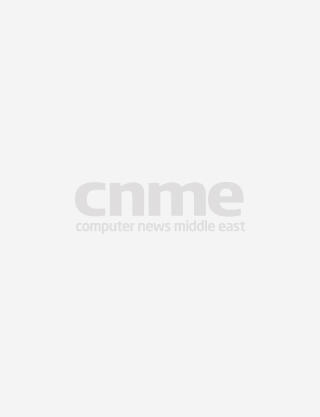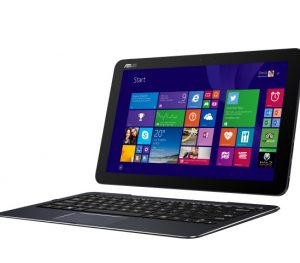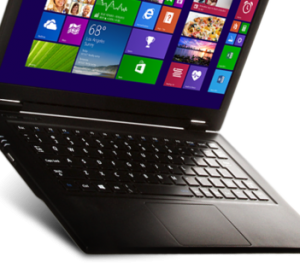 As competition between educational institutions heats up, schools are increasingly investing in new technology as a way to differentiate their instructional offerings and drive operational efficiencies. Budgets are being spent in the classroom and in the back office. To prepare students for a global, technology-driven economy, a growing number of classrooms are beginning to incorporate technology that reflects a more personalised, collaborative, interactive and mobile learning experience.
As competition between educational institutions heats up, schools are increasingly investing in new technology as a way to differentiate their instructional offerings and drive operational efficiencies. Budgets are being spent in the classroom and in the back office. To prepare students for a global, technology-driven economy, a growing number of classrooms are beginning to incorporate technology that reflects a more personalised, collaborative, interactive and mobile learning experience.
A case in point is the Indian High School (IHS), which was founded in 1961 and offers education right from pre-primary up to grade 12. IHS has the distinction of being the only school in the region with 340 connected classrooms in one single premise. The school functions in three campuses with close to around 20,000 students and more than 800 teachers in addition to 200 plus support staff. IHS is equipped with a number of libraries and computer labs and even boasts of its own radio broadcasting station.
IT is not always a priority for school but IHS is an exception to the rule, where it plays a pervasive role in augmenting the teaching process. The school has been one of the early adopters of the smartboard technology and its IT department has developed a new rubrics system called SAT (Student’s Academic Tracker) which takes care of the evaluation of students on all grounds. What is probably unique is that the school’s IT department comprises mostly of teachers and ex-students.
IHS has a complex network, which supports e-learning platforms, and other applications such as database, and runs on a campus-wide fibre backbone. The wireless coverage is ubiquitous and students are encouraged to bring their own devices to access the learning resources.
“IHS is run on a not-for-profit model so funding and hiring and keeping good people are major challenges. But we have been able to develop most of our applications in-house, which helps us to keep the costs down. Of course, there are areas where we can’t do everything in-house and we have alliances with vendors such as Microsoft, which provides us technologies at hugely discounted rates,” says MN Chaturvedi, IT Advisor to the school.
ICT has been embedded in the curriculum at all levels and is an integral part of the learning process at IHS. But the journey hasn’t been very smooth. For teachers, technology is a mixed blessing. It threatens them, and excites them. It is a great educational tool but there is a new set of skills that need to be learned…and for many teachers it is just too strange and new to integrate into old teaching habits.
“We had to go a very lengthy change management process with the teachers with the introduction of technology into classrooms. Teachers took time to adapt and we took them through extensive training. Now they see technology as an efficient tool to augment the teaching process,” says Ashok Kumar, CEO if IHS.
Through the training programme that lasted three years, educators were shown techniques that allow them to be better teachers and take back the initiative in the classroom with a better set of tools. “Technology provides new ways of communication information, as well helping teachers in grading and managing their classes – and gives them access to huge resource of content. We are now in the process of starting podcasts for revision chapters,” says Kumar.
Chaturvedi says the school’s IT infrastructure is very robust and scalable to meet the future growth needs. “We upgrade our infrastructure to match increases in the volume of content and number of users. We go through software upgrades every three years and hardware is refreshed every five years. We do provide advanced IT support services, and back office applications and storage to support student data and online supports. IHS also have a green agenda as energy efficiency is a top priority.”
It is mandatory for schools these days to provide secure networks for learners, staff and parents. IHS takes security seriously and have put in place multiple layers of defense mechanisms to prevent data breaches.
IHS, which has been rated in the outstanding category, has recently opened a new campus in Dubai Silicon Oasis, which is a perfect showcase of the positive impacts of exploiting technology in education. The new school boasts of a converged IP network with a state-of-the-art data centre, which is fully virtualised and terabytes of storage.
“It is still in a work in progress. We are in the process of adding video streaming and IP surveillance. Thanks to virtualisation, we will also be able to build a private cloud that will take care of our future computing needs,” says Chaturvedi. IHS is a trailblazer in many ways and there are many schools in the region that have emulated the school’s model and its approach to harnessing technology to provide better education.











